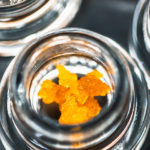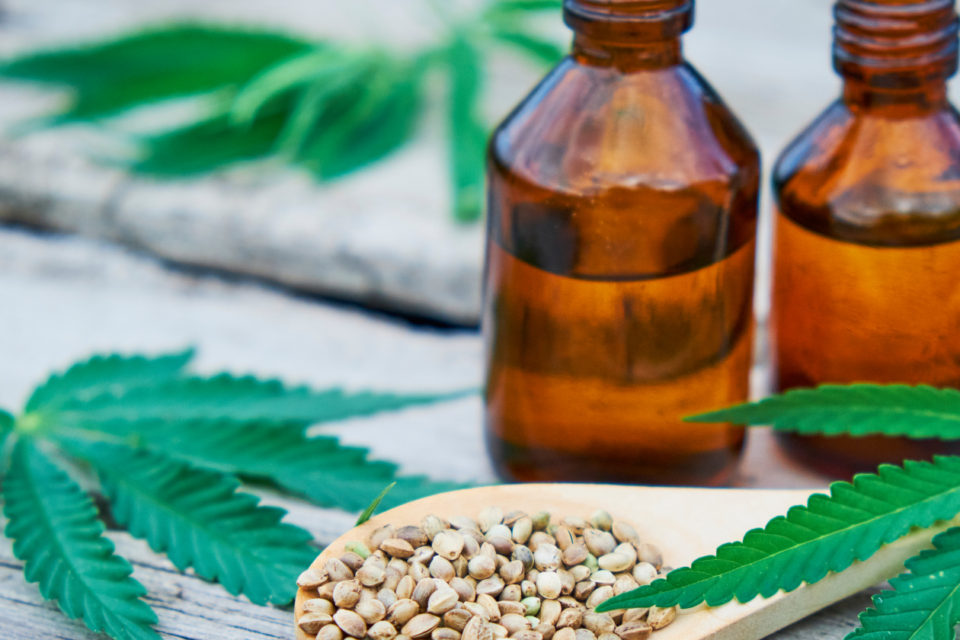If you’re at all a cannabis fan, you’re highly familiar with THC—no pun intended—and you probably have some experience with CBD, the “other cannabinoid. But while THC and CBD are the most abundant cannabinoids in the cannabis plant, they’re by no means the end of the story. Thus far, researchers have identified roughly 150 cannabinoids, and it’s possible the list will continue to grow.
Today we’re going to focus on CBN, a cannabinoid that’s showing real promise as a key to deeper, more restful sleep. What’s behind this “new” cannabinoid? Let’s get to the bottom of it!
Can CBN Help with Sleep?
We’re actually kidding when we call CBN “new;” it was actually identified back in 1896! It was once thought to be the cannabinoid responsible for the plant’s distinctive “high.” That’s THC of course, but there’s actually something to that. You can think of CBN as THC’s “younger sibling” because it’s created when THC breaks down in the presence of oxygen. It’s psychoactive, too, but only about 25% as much as THC.
One of the hopes around CBN is that it’s a powerful sleep aid. And experienced cannabis users do sometimes describe overaged cannabis as “sleepy.” Is there any truth to the rumor? One rodent-based study found that it was indeed sedative, but others have largely failed to corroborate its findings. In one small-scale human study from 1976, researchers found that CBN caused sedation in conjunction with THC, but not by itself. In fact, another study suggests you need much more CBN than THC to achieve the same sedative effect. And still another study indicates that it may actually inhibit the sedative effects of THC, even though the two are remarkably similar in terms of their molecular structure.
A Cannabinoid with Multiple Medical Uses
Barring the disappointing evidence that CBN helps with sleep, clinical research suggests some other, truly exciting potential uses for this mysterious cannabinoid.
- Can It Help Rebuild Our Bones? As we grow older, degenerative conditions like osteoporosis can present major challenges, especially in women. One study from 2009 found that CBN may reverse the bone loss associated with osteoporosis. Another study suggests that it may spur the production of new bone cells via activation of stem cells.
- Is It a Powerful Anti-Bacterial? The rise of drug-resistant “superbugs” such as MRSA is a real worry about doctors and hospital staff. But a study published in 2008 showed that CBN is effective against drug-resistant Staphylococcus aureus, one of the most threatening of these bacteria.
- Can It Stimulate the Appetite? Just as with osteoporosis, maintaining healthy muscle mass and bone density are crucial, especially as we age. And one study indicates that CBN is an effective appetite stimulant (as opposed to CBD, which tends to suppress it). This news is especially important for those undergoing treatment for cancer, in which one very common side effect is the loss of appetite.
How Do You Get CBN from Cannabis?
At the moment, there are relatively few high-CBN products available, though that will surely change as our understanding of the cannabinoid develops. But knowing that CBN is formed by the breakdown of THC, it’s easy to produce your own: By leaving a quantity of high-THC flower exposed to oxygen for a period of several weeks or months, the THC will naturally degrade into CBN.
Is this the best possible use of your premium flower? Probably not. But if nothing else, it does give you the chance to experiment until more high-CBN products become available.
Until then, we have plenty of great products that can help you get some sleep—just ask for a recommendation or check out our online menu.






